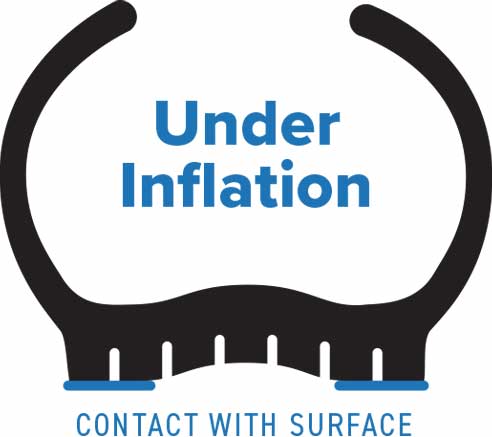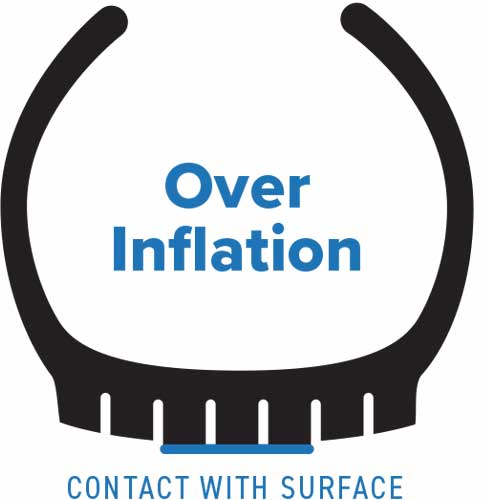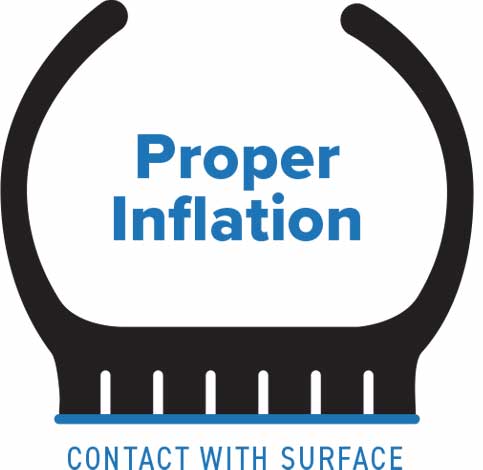

Tires are one of the largest expenses for trucking fleets and owner operators, so it makes sense to do everything you can to extend their life.
There are many actions to take, but arguably nothing is more important than maintaining a stringent air pressure regiment. This needs to happen throughout the entire life cycle of the tire, including through the retread cycle.
The air in a tire carries the weight of the vehicle and payload; therefore, the air pressure should be set at the tire manufacturer’s recommended setting for the load carried, including the vehicle and the payload. The air pressure on the side of a tire is the “max” air pressure the tire is capable of as opposed to the recommended pressure.
A tire’s life cycle can be shortened due to low air pressure, as well as high air pressure. Tire performance and fuel efficiency are additional downsides.
Low Pressure
By running a tire constantly underinflated by 20 percent, its tread life will be reduced by 30 percent, while 40 percent under-inflation will reduce the tire life by 50 percent.



Under-inflated tires lead to:
Over-inflated tires lead to:
Other sources of air loss include:
Having a well-coordinated air pressure maintenance program between your drivers and your shop should be the single most important element of your tire policy and is very easy to administer. It has the biggest impact on your fleet costs associated with tires, including: fuel consumption, wear life, irregular wear, etc.
It is important to check cold inflation pressure as frequently as possible because truck tires lose up to two PSI per month. In addition, truck tires change 1 PSI for every 10 degrees F and every 2,000 feet of altitude change.
The air pressure program must include regular checks with a quality gauge and keeping accurate records on tire wear and vehicle maintenance. If you regularly run your tires on their prescribed loads and keep an eye on vehicle maintenance, you will see a substantial return on your time investment.